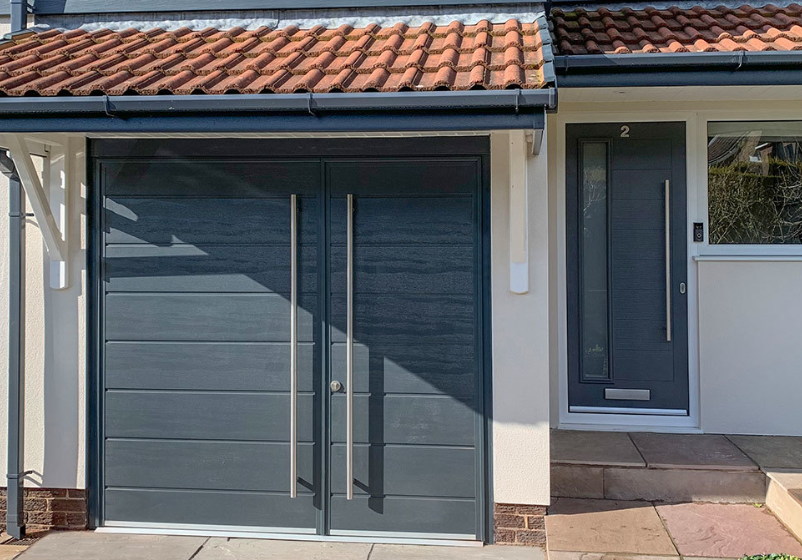An insulated garage door is more than just a stylish entryway; it’s a vital component for enhancing your home’s energy efficiency. A well-insulated door can help maintain a consistent temperature inside your garage, reducing energy costs and providing comfort year-round.
Here are some key strategies to maximise the energy efficiency of your insulated garage door:
Understanding Insulation Types
When selecting an insulated garage door, it’s essential to understand the various types of insulation available. Most insulated doors use polystyrene or polyurethane foam, both of which offer excellent thermal resistance. Polystyrene is often more affordable and provides decent insulation, while polyurethane offers superior insulation properties and is typically denser.
Sealing Gaps and Cracks
Even the best insulated garage door can lose efficiency if there are gaps or cracks around it. Regularly check the door and its frame for any signs of wear or damage. Ensure that weather stripping is intact and properly seals the door when closed. Replacing worn or damaged seals can significantly reduce drafts and prevent heat loss, further improving your garage’s energy efficiency.
Maintaining the Garage Door Mechanism
A well-functioning garage door is crucial for energy efficiency. Regular maintenance of your garage door openers and hardware can enhance performance and ensure that your door closes properly. Lubricate hinges, rollers, and tracks to prevent friction and wear, which can lead to misalignment and gaps.
Choosing the Right Colour
The colour of your insulated garage door can also influence energy efficiency, particularly in warmer climates. Light colours reflect sunlight and keep the garage cooler, while darker colours absorb heat, which could raise the temperature inside. Consider the local climate when selecting the colour of your garage door, as this can affect the overall energy efficiency of your garage.
Adding Insulation to the Garage Walls
To further enhance the energy efficiency of your insulated garage door, consider insulating the garage walls as well. This additional insulation helps to maintain a stable temperature, making the garage more comfortable and reducing the load on your heating and cooling systems. Insulating the walls will work hand in hand with your door’s insulation, creating a more energy-efficient space.
In conclusion, investing in an insulated garage door is a smart choice for homeowners looking to improve energy efficiency. By understanding insulation types, sealing gaps, maintaining mechanisms, choosing appropriate colours, and adding wall insulation, you can maximise the benefits of your insulated door. With these enhancements, you’ll enjoy a more comfortable and energy-efficient garage all year round.

